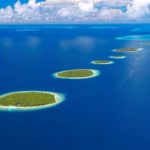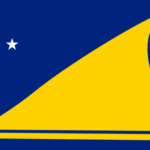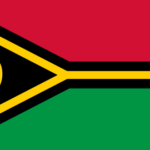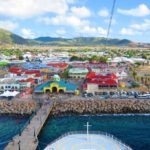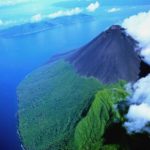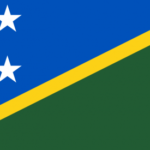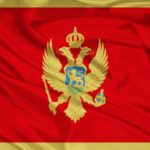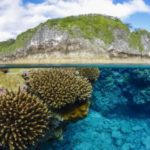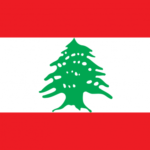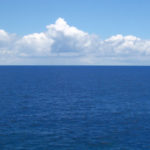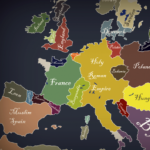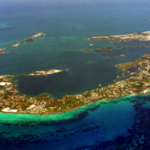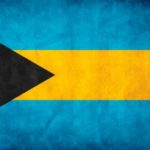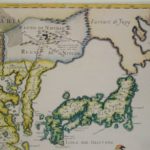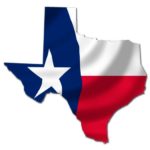Interesting facts about Samoa
 Samoa (full name – Independent State of Samoa) is located on the same archipelago in the Pacific Ocean. For a long time, under the control of other countries, the islands gained independence in 1962. Considerably remote from Europe, this state is little known in Russia, so we have collected for you a selection of interesting facts about it.
Samoa (full name – Independent State of Samoa) is located on the same archipelago in the Pacific Ocean. For a long time, under the control of other countries, the islands gained independence in 1962. Considerably remote from Europe, this state is little known in Russia, so we have collected for you a selection of interesting facts about it.
Samoa is the first Pacific island nation to have gained independence.
For a long time, the Samoa Archipelago was a place of confrontation between the authorities of Germany and New Zealand.
During the flu epidemic in 1918-1919, this state lost a fifth of the population.
The official languages in Samoa are two – Samoan and English.
Samoa – the place where the traditional Polynesian tattoo originated.
The highest public office in Samoa is called “O le Ao O le Malo”, which translates roughly as “the supreme leader”.
The national currency of Samoa is called “tala”.
In 2011, this state “lost” the whole day – December 30, when it was decided to change the time zone from UTC +11 to UTC -13. This was done to facilitate trade cooperation with Australia and New Zealand.
The area of the archipelago of Samoa is only slightly more than 3 thousand square meters. kilometers, and lives on this territory about a quarter of a million people.
Despite the influence of foreigners, the Samoans have maintained their traditional way of life to this day.
About 99% of the population of Samoa can read, write and count, which is a very high indicator for this region.
The most popular sports in Samoa are rugby and cricket, though cricket here is Samoan – this version of it is somewhat different from the classic cricket.
The only city in Samoa is the capital, Apia, with a population of about 35 thousand people. The rest of the country’s inhabitants live in numerous villages and settlements.
About 92% of the Samoans are followers of various branches of Christianity.
Before the appearance of Samoa European missionaries, the Samoans did not have a written language. It was artificially created on the basis of the Latin alphabet in 1834.

